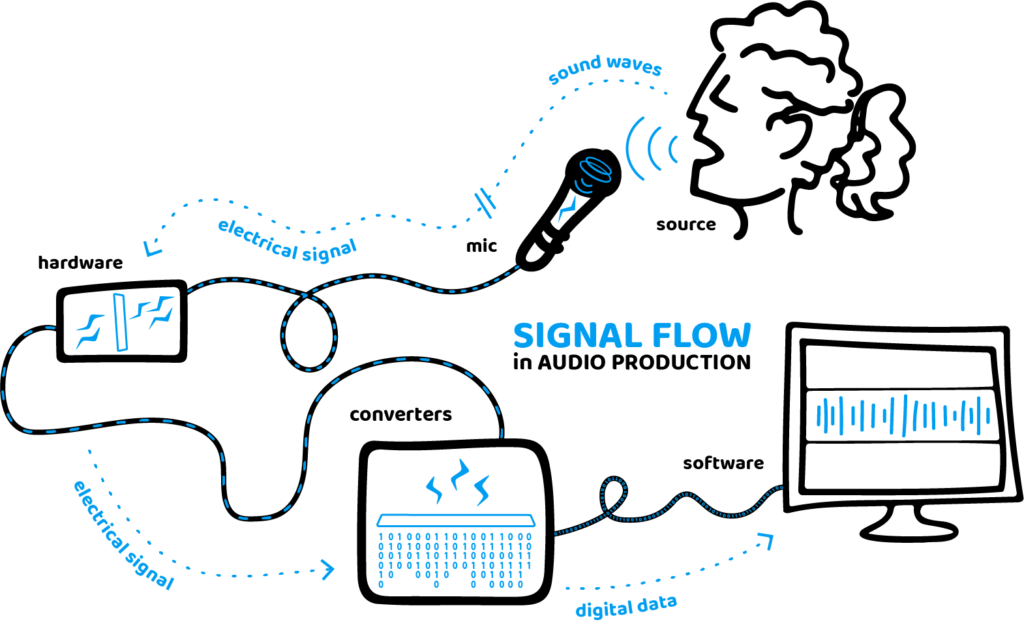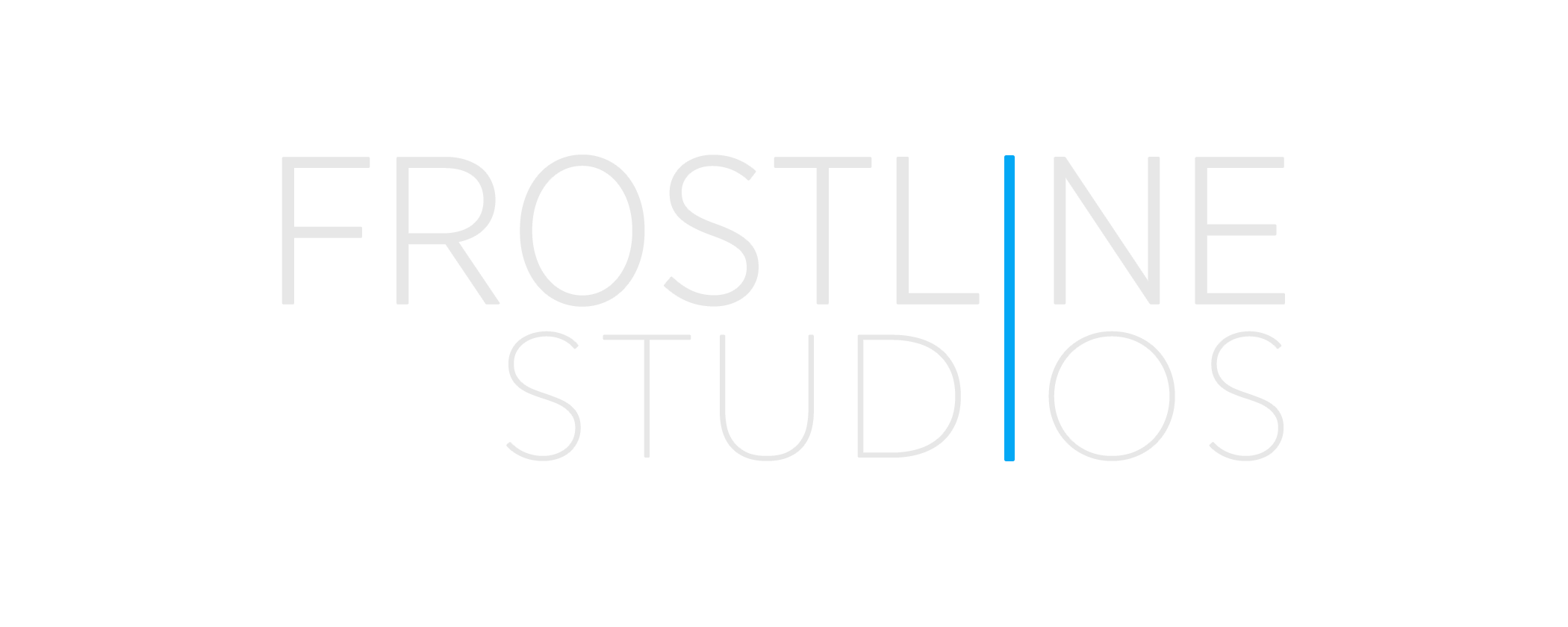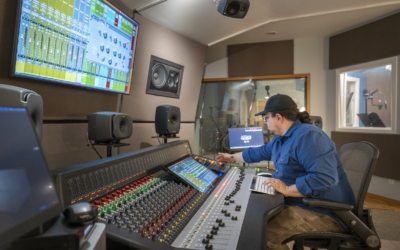Signal flow is the path audio takes from its source to the output. Generally, the signal starts as sound waves originating with the vocalist, instrument, or whatever sound you’re recording, and is converted into electrical signals in a microphone. From there, it travels through hardware (pre-amps, the console, etc.) to the converter, which transforms the electrical signals into digital data in your software. The data can then be manipulated in the software (like Pro Tools), or sent back out into the hardware for analog mixing. During a mixing session, the output is your studio monitors, and ultimately the bounce of your mix.

Related to: Audio, tracking, mixing, mastering, latency
Learn more:
- Blog: Hold for Sound: Let’s Talk the Dolby Atmos and the Neve Genesys G3D (coming soon!)



